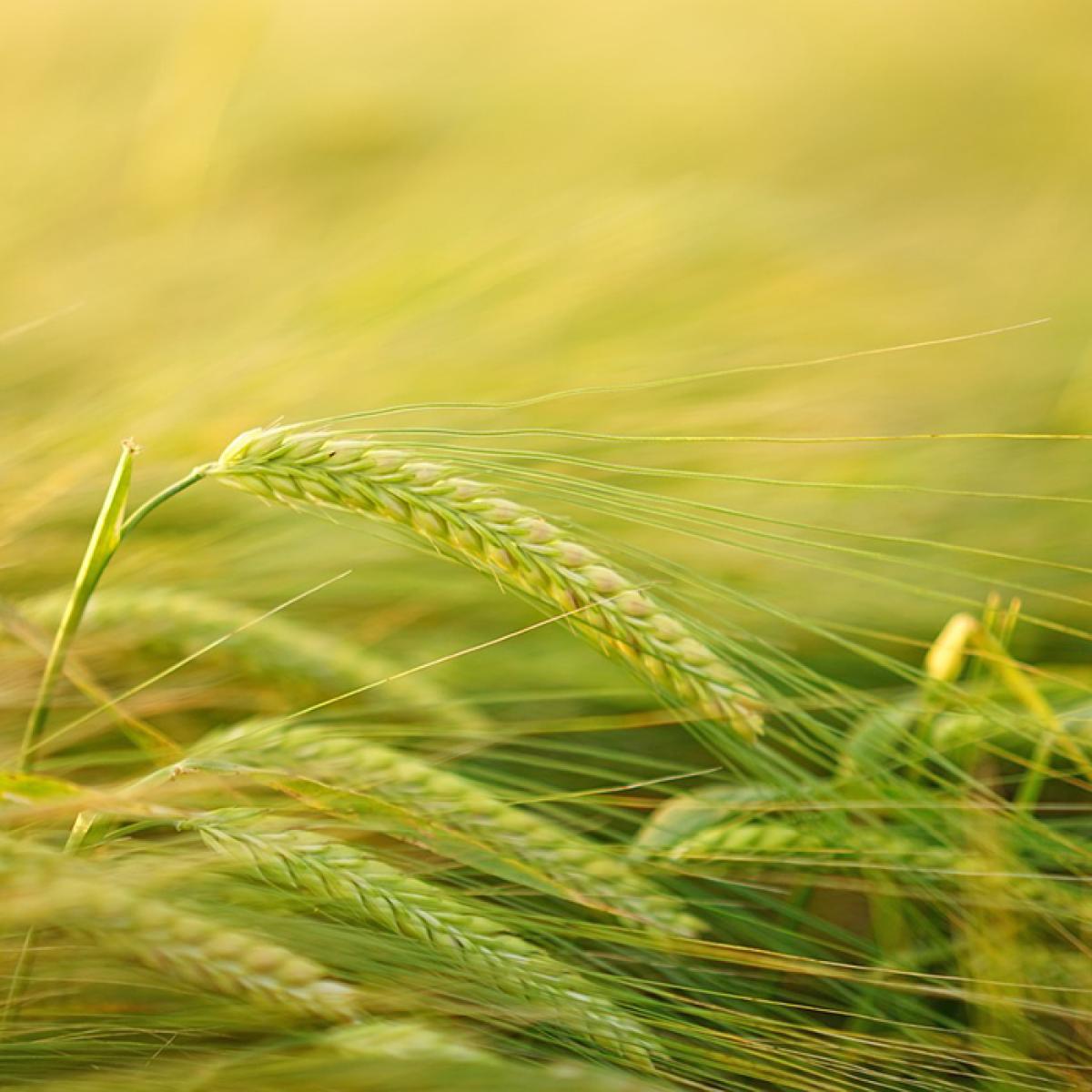Los pedipalpos (tenazas) y quelíceros (mandíbulas) se utilizan para capturar presas. Están cubiertos con diversos tipos de vellos sensoriales.
Detalles bibliograficos:
- Artículo: Escorpion Mandíbulas
- Autor: Dr. Biology
- Editor: Arizona State University School of Life Sciences Ask A Biologist
- Nombre del sitio: ASU - Ask A Biologist
- Fecha de publicación: 31 May, 2017
- Fecha accesada:
- Enlazar: https://askabiologist.asu.edu/escorpion-quijadas
APA Style
Dr. Biology. (Wed, 05/31/2017 - 16:45). Escorpion Mandíbulas. ASU - Ask A Biologist. Retrieved from https://askabiologist.asu.edu/escorpion-quijadas
Chicago Manual of Style
Dr. Biology. "Escorpion Mandíbulas". ASU - Ask A Biologist. 31 May 2017. https://askabiologist.asu.edu/escorpion-quijadas
MLA 2017 Style
Dr. Biology. "Escorpion Mandíbulas". ASU - Ask A Biologist. 31 May 2017. ASU - Ask A Biologist, Web. https://askabiologist.asu.edu/escorpion-quijadas
Be Part of
Ask A Biologist
By volunteering, or simply sending us feedback on the site. Scientists, teachers, writers, illustrators, and translators are all important to the program. If you are interested in helping with the website we have a Volunteers page to get the process started.



